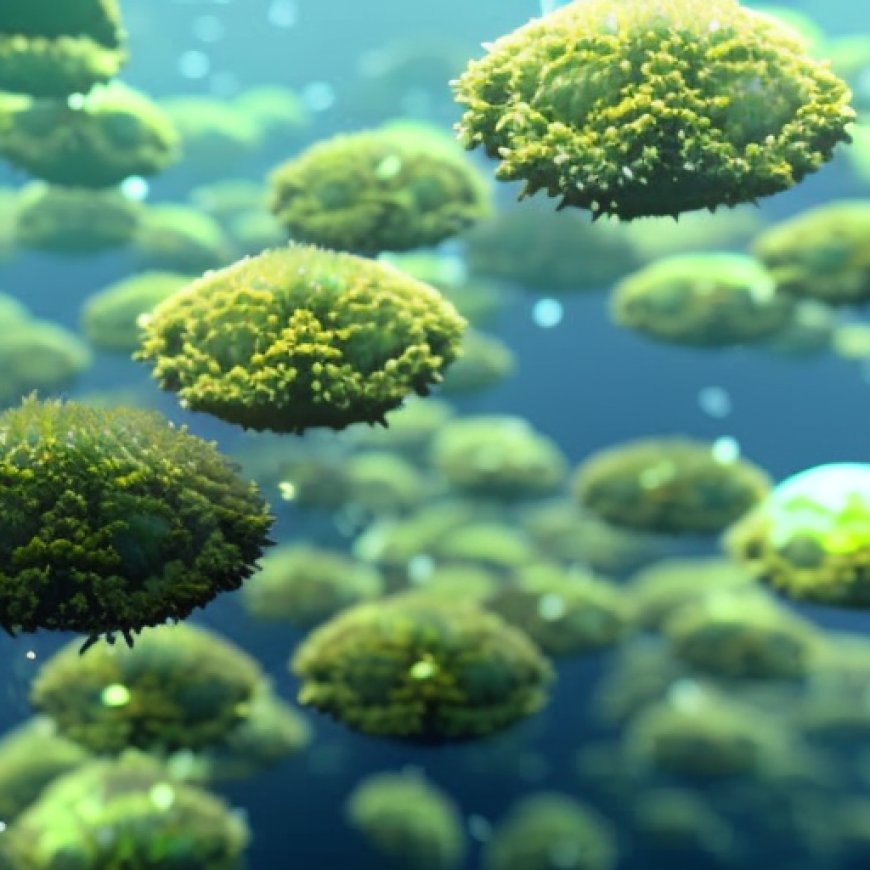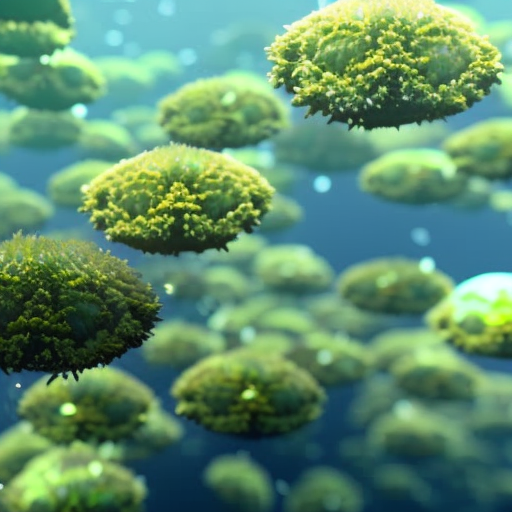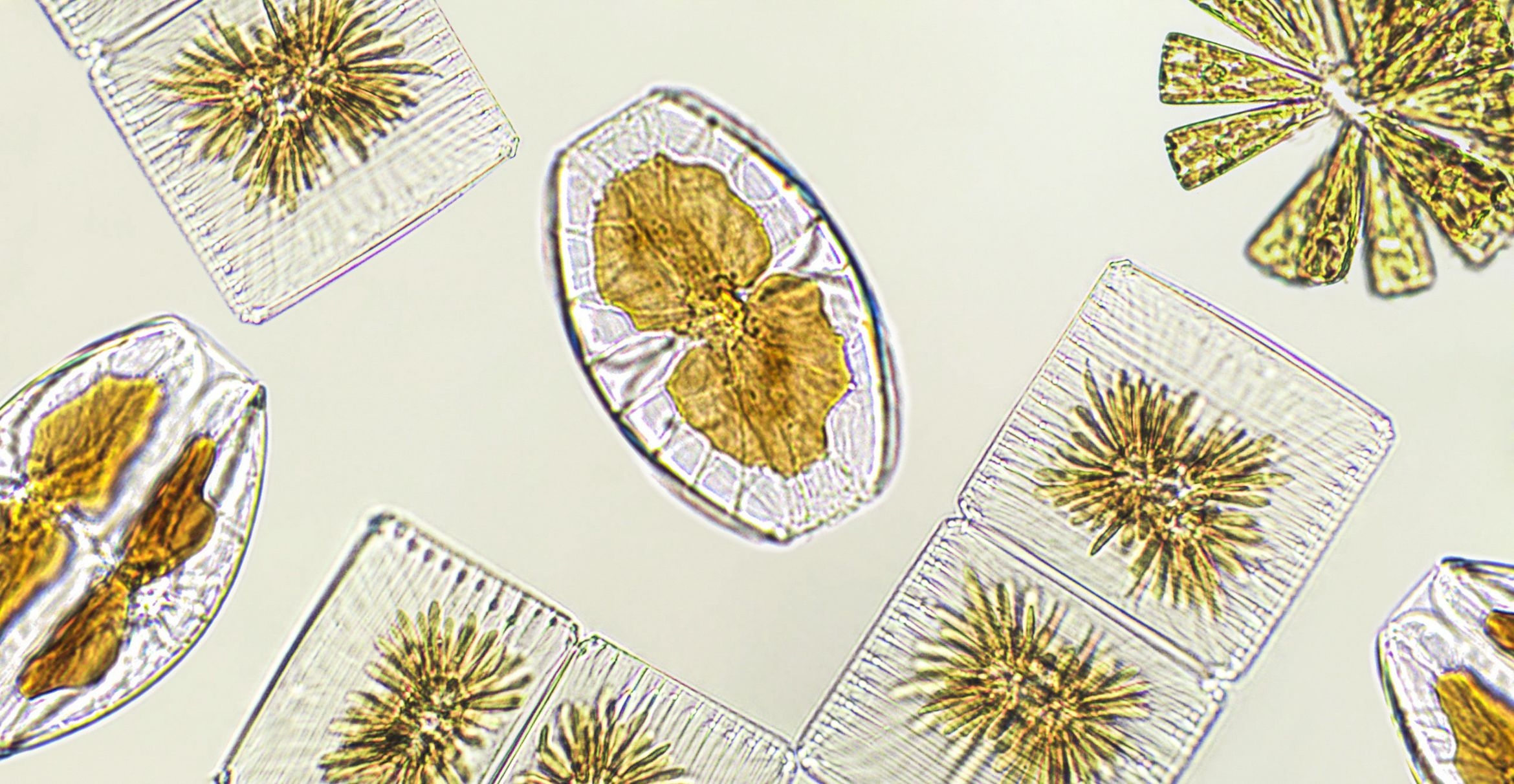Important groups of phytoplankton tolerate some strategies to remove CO2 from the ocean
Important groups of phytoplankton tolerate some strategies to ... The UCSB Current


Research Shows Alkalinity Enhancement Can Benefit Phytoplankton

According to a recent study, increasing alkalinity in water has shown positive effects on the physiology of phytoplankton. The research, conducted by a team led by Iglesias-Rodriguez, aimed to determine the potential benefits of ocean alkalinity enhancement as a geoengineering solution to combat climate change. The findings are significant in the context of achieving the Sustainable Development Goals (SDGs), particularly Goal 13: Climate Action.
Testing the Effects on Phytoplankton
The study involved increasing alkalinity in the water and observing the response of phytoplankton. The researchers found that the physiology of these organisms remained unchanged. However, it is important to note that these results may vary depending on the species. Therefore, further testing is required to understand the impact on other organisms and ecosystems. This research contributes to SDG 14: Life Below Water, as it explores potential solutions to protect marine ecosystems.
Expanding the Experiments
The research team has already started conducting alkalinity enhancement experiments on entire plankton communities under natural nutrient concentrations. This expanded approach will allow them to measure the response of individual species as well as the community as a whole. The team plans to take the research out of the lab and into the field, emphasizing the importance of practical applications. This aligns with SDG 17: Partnerships for the Goals, as it encourages collaboration between scientists and stakeholders to address climate change challenges.
Controversy and Caution
Like many geoengineering proposals, ocean alkalinity enhancement is a controversial topic. The researchers emphasize that their goal is not to promote this idea but rather to assess its feasibility. They acknowledge the need for caution and further investigation before implementing such measures on a larger scale. This approach reflects SDG 15: Life on Land, as it emphasizes responsible and sustainable actions to protect ecosystems.
A Piece of the Puzzle
Reducing emissions alone is no longer sufficient to limit global warming to 2 degrees Celsius. To achieve this goal, carbon removal at a gigaton scale requires multiple approaches. Ocean alkalinity enhancement is one potential solution among many. However, it is important to note that no single technology can solve climate change entirely. The researchers highlight the importance of reducing greenhouse gas emissions alongside geoengineering efforts. This aligns with SDG 13: Climate Action, as it emphasizes the need for comprehensive strategies to address climate change.
Addressing the Limitations
While ocean-focused approaches have the potential to sequester significant amounts of carbon, they cannot be relied upon solely. The researchers use an analogy to explain this limitation: if we are in a boat with a hole, using a bucket to scoop out water will not be effective unless we also plug the hole. Similarly, reducing emissions remains a crucial aspect of combating climate change. This highlights the importance of SDG 13: Climate Action, as it emphasizes the need for a holistic approach to address climate change challenges.
SDGs, Targets, and Indicators
-
SDG 13: Climate Action
- Target 13.1: Strengthen resilience and adaptive capacity to climate-related hazards and natural disasters
- Indicator 13.1.2: Number of countries with national disaster risk reduction strategies
- Indicator 13.1.3: Proportion of local governments that adopt and implement local disaster risk reduction strategies
-
SDG 14: Life Below Water
- Target 14.3: Minimize and address the impacts of ocean acidification, including through enhanced scientific cooperation at all levels
- Indicator 14.3.1: Average marine acidity (pH) measured at agreed suite of representative sampling stations
- Indicator 14.3.2: Proportion of global fish stocks within biologically sustainable levels
The article discusses the concept of ocean alkalinity enhancement as a potential geoengineering solution to climate change. This is connected to SDG 13: Climate Action, which aims to combat climate change and its impacts. The specific target under SDG 13 that can be identified is Target 13.1, which focuses on strengthening resilience and adaptive capacity to climate-related hazards and natural disasters.
The article also highlights the issue of ocean acidification and its impacts on marine life. This is relevant to SDG 14: Life Below Water, which aims to conserve and sustainably use the oceans, seas, and marine resources. The specific target under SDG 14 that can be identified is Target 14.3, which focuses on minimizing and addressing the impacts of ocean acidification.
The article mentions the need to measure the response of individual species and the community as a whole in alkalinity enhancement experiments. This implies the use of indicators to measure progress towards the identified targets. For SDG 13, the indicators mentioned in the article that can be used are Indicator 13.1.2 (number of countries with national disaster risk reduction strategies) and Indicator 13.1.3 (proportion of local governments that adopt and implement local disaster risk reduction strategies). For SDG 14, the indicators mentioned in the article that can be used are Indicator 14.3.1 (average marine acidity measured at agreed sampling stations) and Indicator 14.3.2 (proportion of global fish stocks within biologically sustainable levels).
SDGs, Targets, and Indicators
| SDGs | Targets | Indicators |
|---|---|---|
| SDG 13: Climate Action | Target 13.1: Strengthen resilience and adaptive capacity to climate-related hazards and natural disasters | Indicator 13.1.2: Number of countries with national disaster risk reduction strategies Indicator 13.1.3: Proportion of local governments that adopt and implement local disaster risk reduction strategies |
| SDG 14: Life Below Water | Target 14.3: Minimize and address the impacts of ocean acidification, including through enhanced scientific cooperation at all levels | Indicator 14.3.1: Average marine acidity (pH) measured at agreed suite of representative sampling stations Indicator 14.3.2: Proportion of global fish stocks within biologically sustainable levels |
Behold! This splendid article springs forth from the wellspring of knowledge, shaped by a wondrous proprietary AI technology that delved into a vast ocean of data, illuminating the path towards the Sustainable Development Goals. Remember that all rights are reserved by SDG Investors LLC, empowering us to champion progress together.
Source: news.ucsb.edu

Join us, as fellow seekers of change, on a transformative journey at https://sdgtalks.ai/welcome, where you can become a member and actively contribute to shaping a brighter future.







